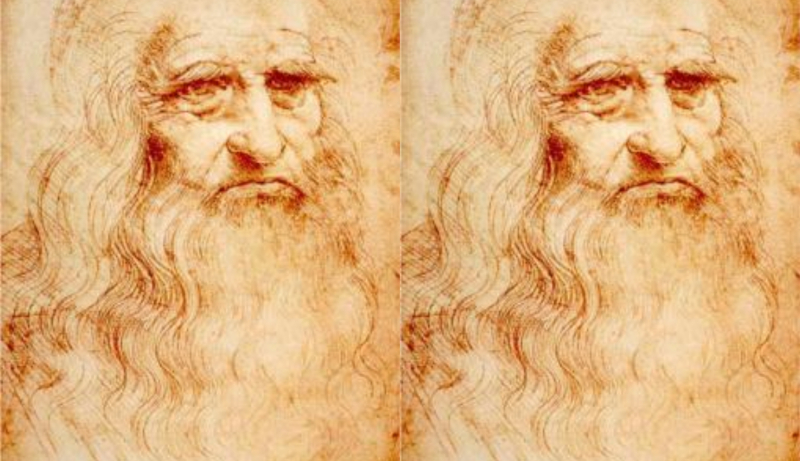Leonardo Da Vinci, the painter, sculptor, architect, and engineer who exemplified the Renaissance humanist ideal, was one of the Renaissance’s most important and influential figures.
Leonardo da Vinci was born in the town of Vinci in 1452 and began his early creative study in Florence, working at the sculptor Andrea Verrocchio’s workshop. There, he received a broad education in painting, sculpture, and technical-mechanical arts. Leonardo left Verrocchio’s workshop in 1476 and worked in Florence on his own until 1481.
Leonardo da Vinci’s artwork/paintings
Leonardo, feeling suffocated and dissatisfied in Florence, decided to seek new challenges and relocated to Milan in 1482, where he would spend the following 17 years. The altar painting The Virgin of the Rocks (1483-1486) for the Confraternity of the Immaculate Conception was one of his early commissions. However, the parties fell out over payment, and Leonardo ended up selling the artwork to someone else. After ten years of legal wrangling, Leonardo agreed to paint a second version, The Virgin of the Rocks (1495-1508). During this first Milanese time (1482-1499), Leonardo painted six paintings at the abbey of Santa Maria delle Grazie in Milan, including the masterpiece, The Last Supper (1495).
He also worked on a gigantic sculptural project for the Sforza family (the ruling family in Milan): a massive equestrian monument honoring Francesco Sforza, the founder of the Sforza dynasty. Leonardo worked on the project for 12 years, constructing a clay model of the horse and prepared to cast the 5-meter-high sculpture. However, this grand project was never completed: in 1499, the French army attacked Milan, and the Sforza family fell from power, sealing the monument’s fate (the clay model made by Leonardo was destroyed during the war).
Following the political change in Milan, Leonardo traveled around Italy before settling in Florence. He painted his most renowned work, the Mona Lisa (ca. 1503-1519), during his second time in Florence (1500-1508). By 1508, Leonardo had returned to Milan and was working for the city’s French masters. During this time, he painted very little and concentrated on his scientific work, notably his study of anatomy.
When the French were driven from Milan in 1513, Leonardo was obliged to go to Rome, where he spent the following three years. While in Rome, he received an invitation to join the French service from King Francis I. Leonardo accepted and held the title of King’s First Painter, Architect, and Engineer at the age of 65.
In his latter years in France, he painted little and focused on his scientific studies and painting treatise. Leonardo Da Vinci died in Cloux, France, in 1519. Leonardo da Vinci, one of the most respected painters of his time, is still regarded as one of the most influential individuals in art history. However, it is vital to highlight that his influence extends far beyond his scientific papers and mechanical creations, as seen by the drawings, scientific diagrams, and technical research in his notebooks.











